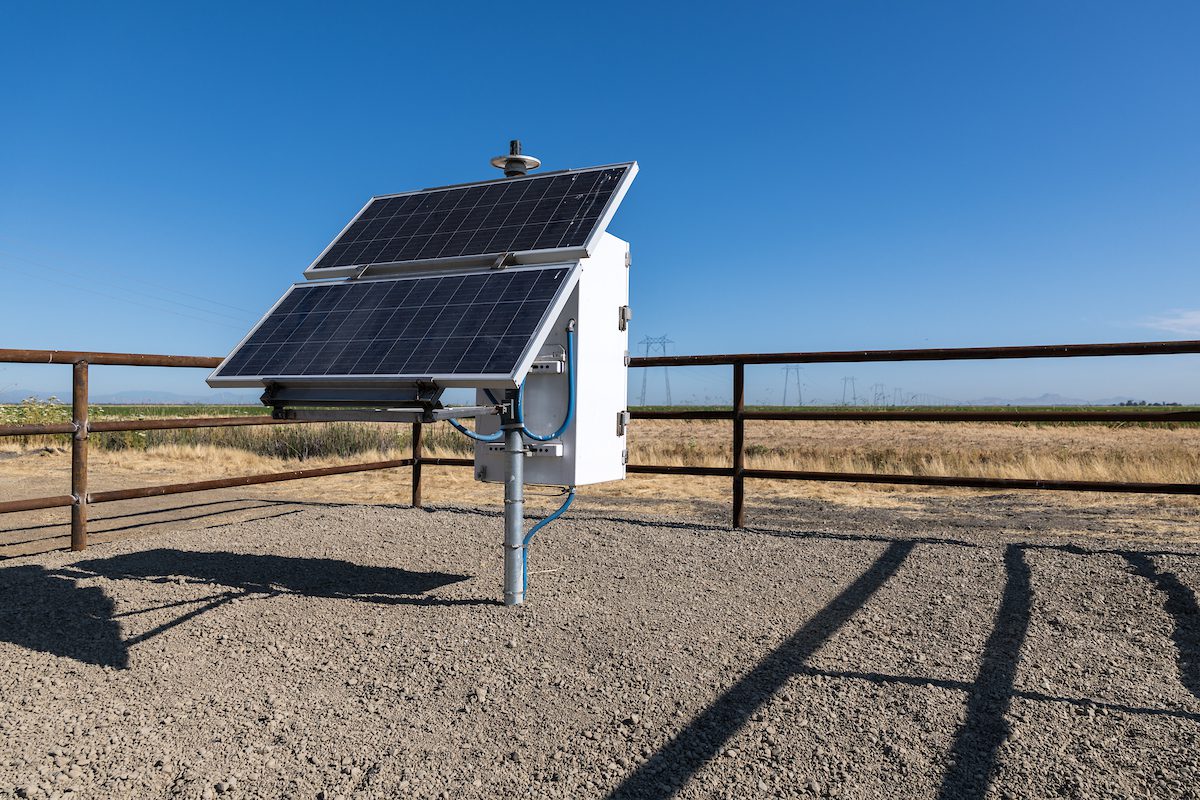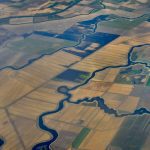- California releases draft best practices for managing subsidence.
- Public comments are being accepted through September 22, 2025.
- Groundwater overpumping is the leading cause of land sinking.
- State investments exceed $2 billion to fix sinking-related damage.
Friday, August 1, 2025 — Last week, the California Department of Water Resources (DWR) released a draft document intended to help local water managers address the costly and persistent issue of land subsidence. The phenomenon—where the ground sinks due to excessive groundwater withdrawal—has plagued regions across California for decades, damaging roads, canals, levees, and even entire communities.
(DWR) released a draft document intended to help local water managers address the costly and persistent issue of land subsidence. The phenomenon—where the ground sinks due to excessive groundwater withdrawal—has plagued regions across California for decades, damaging roads, canals, levees, and even entire communities.
The new draft titled Best Management Practices for Managing Land Subsidence offers practical strategies for water agencies to mitigate subsidence impacts. While not regulatory in nature, the document outlines current scientific understanding, available tools, and technical support options that can help local decision-makers protect critical infrastructure and water supplies.
offers practical strategies for water agencies to mitigate subsidence impacts. While not regulatory in nature, the document outlines current scientific understanding, available tools, and technical support options that can help local decision-makers protect critical infrastructure and water supplies.
“Subsidence has significantly impacted our major water conveyance facilities, levees, roads and other land uses affecting water supply reliability and public safety,” said Paul Gosselin, Deputy Director of Sustainable Water Management at DWR. The agency is seeking public input to ensure the document meets the diverse needs of California’s regions, where subsidence conditions vary widely.
Opportunities for Public Engagement.
DWR is inviting comments on the draft through September 22, 2025. Public meetings will be held in Delano (September 9), Clovis (September 10), and Willows (September 11). These meetings will offer attendees the chance to learn more about the proposed practices and share feedback in person. Written comments may be submitted by email to sgmps@water.ca.gov or by mail to DWR’s Sustainable Groundwater Management Office in Sacramento .
.
Massive State Investment in Infrastructure Repair.
The draft document is one part of California’s broader strategy to address subsidence, much of which is driven by groundwater depletion in the San Joaquin Valley. Projects under the California Aqueduct Subsidence Program aim to restore and protect key water conveyance systems, with funding already allocated as follows:
-
$288 million for the California Aqueduct
-
$582 million for the San Luis Canal
-
$924 million for the Friant-Kern Canal
-
$561 million for the Delta-Mendota Canal
In addition, $17 million was invested in 2023 to raise the Corcoran levee—a critical measure to safeguard flood-prone areas in the Tulare Lake Basin, where the ground has sunk significantly due to overpumping.
Monitoring and Tailored Solutions.
Recognizing that solutions must be tailored to specific regions, DWR is also installing new monitoring stations across the San Joaquin Valley and Northern California. These stations will collect data on ongoing ground movement to guide future management decisions.
Once finalized, the best management practices document will serve as a key reference tool for water managers statewide, complementing local, state, and federal regulations. It also supports goals outlined in the Sustainable Groundwater Management Act, which requires local agencies to avoid or minimize harmful impacts such as subsidence.
Image via California Department of Water Resources’ News Release: Newly installed equipment from the California Department of Water Resources’ Sustainable Groundwater Management Office to enhance the monitoring and understanding of land subsidence in California. Photo taken July 2, 2025.



